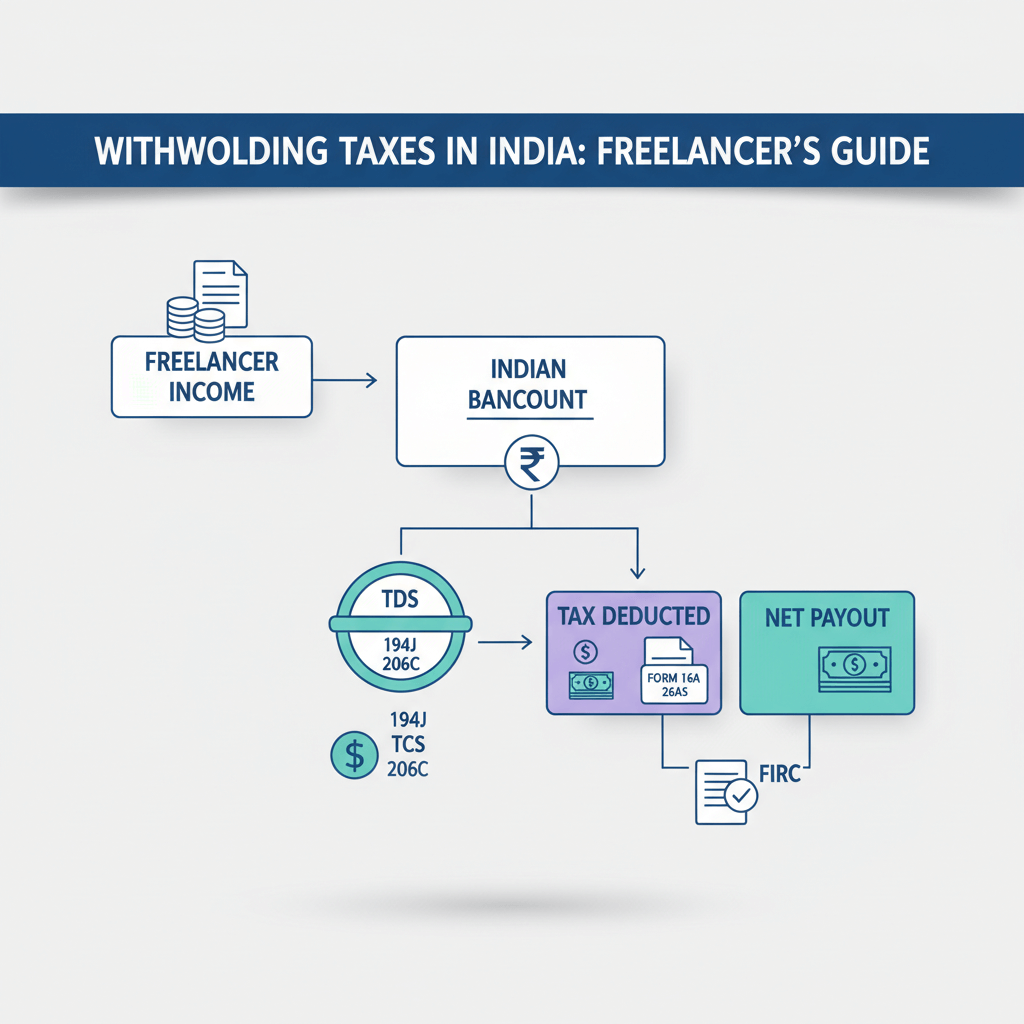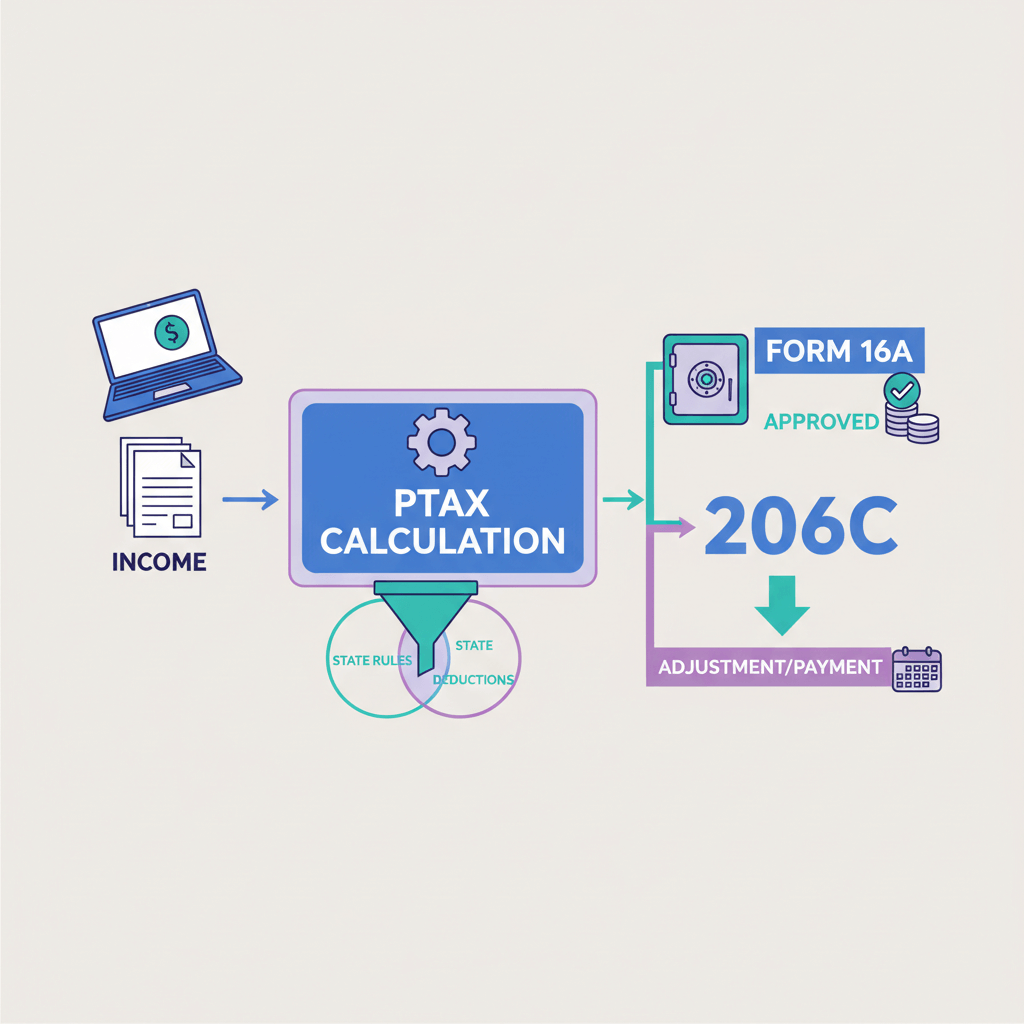In banking, there are always a ton of documents for foreign remittances demanded from companies as well as individuals.
Does it require the help of a chartered accountant? Do countries with DTAA come with lower compliance demands?
Let’s find out.
What is the process of foreign remittance?
Here's the process of outward remittance from India to other countries in the context of business, along with certain exceptions in countries where this process may not be followed:
Identifying Business Need: Business outward remittances from India to other countries typically occur for various reasons such as paying for imports, settling international invoices, making investments, or funding overseas operations.
Selecting Remittance Method: Businesses choose the most suitable method for remitting funds abroad, considering factors like speed, cost, and regulatory compliance.
Documentation and Forms: Depending on the nature and purpose of the remittance, businesses may need to fill out forms such as Form A2 and provide supporting documentation like invoices, contracts, and approval letters from regulatory authorities.
Initiating the Transfer: Once all regulatory requirements are met and documentation is in order, businesses can initiate the transfer through their chosen remittance method. This involves providing details of the beneficiary, the amount to be remitted, and the purpose of the transaction.
Confirmation and Tracking: Businesses receive confirmation of the remittance from their bank or remittance service provider. They can track the progress of the transfer through online banking portals or by contacting customer support.
Receipt by Beneficiary: The funds are received by the beneficiary in the destination country, typically in their designated bank account. The beneficiary may need to provide details of the remittance to their bank for proper crediting of the funds.
Make Note: Exceptions to the standard process of outward remittance from India to other countries may be encountered in nations where formal banking systems are not well-established. Countries like Somalia, Afghanistan, and North Korea, for instance, are examples where conventional banking infrastructure may be limited or where stringent regulatory controls may pose challenges to the standard process of outward remittance.
What documents are required for foreign remittance?
Is CA certificate mandatory for foreign remittance?
In the context of business outward remittance, a Chartered Accountant (CA) certificate in the form of Form 15CB is often mandatory for certain types of foreign remittances from India. Businesses engaging in outward remittances for purposes such as paying for imports, settling international invoices, or making investments abroad may require Form 15CB.
Form 15CB is necessary when the remittance is subject to tax deduction at source (TDS) under the provisions of the Income Tax Act, 1961, or relevant Double Taxation Avoidance Agreements (DTAA). The CA evaluates the transaction, considering factors like the nature of the payment, and applicable tax laws, and issues Form 15CB certifying details such as the remittance amount, applicable TDS rate, and the taxability of the remittance in India.
However, there may be exceptions where Form 15CB is not mandatory, such as for remittances below specified thresholds or for transactions exempted from TDS provisions. In such cases, businesses should consult with their CA or tax advisor to determine whether Form 15CB is required for their specific outward remittance transaction. These documents for foreign remittance, particularly Form 15CB, play a crucial role in ensuring compliance with tax regulations and facilitating smooth cross-border transactions for businesses.
Do countries with DTAA come with lower compliance demands?
Alongside the standard documents required for foreign remittances originating from India, businesses may find themselves in need of additional documentation to ensure adherence to regulatory standards and take advantage of benefits outlined in Double Taxation Avoidance Agreements (DTAA). These supplementary documents, known as documents for foreign remittance, could encompass:
- Proof of Tax Residency: To access DTAA benefits, businesses might be required to furnish a certificate of tax residency issued by the tax authorities of the country where they are deemed tax residents. This certification confirms the business's residency status and eligibility for reduced withholding tax rates or exemptions under DTAA provisions.
- Transfer Pricing Records: In the case of transactions involving related parties, businesses may have to maintain detailed transfer pricing records in line with both domestic tax laws and DTAA stipulations.
- Confirmation of Permanent Establishment: Should a business operate through a permanent establishment (PE) in another jurisdiction, it may need to provide documentation substantiating the existence and characteristics of the PE. This documentation aids in determining profit allocation and tax responsibilities between the main office and the PE as per DTAA guidelines.
- Some companies choose to make agreements called Advance Pricing Agreements (APAs) with tax authorities. These agreements set up plans for how much should be paid for certain transactions before they happen. Documents about APAs might be needed to show that the company is following the rules about transfer pricing and to prove that the pricing plans they're using are right.
- Tax Attestations and Declarations: Depending on the transaction's nature and the tax treatment prescribed by DTAA, businesses might need to submit tax certificates or declarations to the payer or tax authorities. These documents serve as confirmation of the business's eligibility for preferential tax treatment, including reduced withholding tax rates or exemptions, under DTAA provisions.
How much foreign remittance is allowed in India?
The specific limits can vary depending on the purpose of the remittance and the category of remitter. Here are some key points:
- Liberalized Remittance Scheme (LRS): Under the Liberalized Remittance Scheme (LRS) issued by the Reserve Bank of India (RBI), resident individuals (including minors) are allowed to remit funds abroad for various purposes such as travel, education, medical treatment, investment in securities, and purchase of immovable property, subject to specified limits. As of my last update, the annual limit for remittances under the LRS is USD 250,000 per financial year per individual.
- Businesses and Corporates: Businesses and corporations are subject to separate regulations and may have different limits and conditions for foreign remittances depending on factors such as the nature of the transaction, regulatory requirements, and approval processes.
- Specific Purposes: There may be specific limits or conditions for certain types of remittances, such as those for investment in foreign securities or for the purchase of immovable property abroad.
- Exceptions and Exemptions: Certain categories of remittances may be exempt from the prescribed limits or may have higher limits under specific schemes or arrangements. These exceptions and exemptions are subject to regulatory guidelines issued by the RBI.
How much remittance is tax-free?
In the case of business outward remittances:-
Businesses can employ specific provisions and exemptions to mitigate tax obligations related to business remittances:
- Deductible Business Expenses: Remittances designated for legitimate business expenses incurred during standard business operations, such as payments for imports, professional fees, and operational costs, are typically eligible for tax deduction.
- Compliance with Foreign Exchange Regulations: Business remittances executed within the framework of authorized schemes or arrangements sanctioned by the Reserve Bank of India (RBI), such as trade credits, export-import transactions, and payments for business services, may not incur tax liability up to predetermined thresholds. Businesses must adhere to RBI regulations and furnish pertinent documentation to validate such transactions.
- Taxation of Business Profits: Although the remittance itself might not be subject to taxation, any profits or income generated by the business through the utilization of remitted funds could be taxable. For instance, profits derived from business operations conducted overseas or capital gains resulting from investments made using remitted funds may be susceptible to taxation.
Do I need to pay tax on remittance?
Determining whether tax is payable on remittance depends on several factors, including the origin of the funds, the purpose of the transfer, and the tax laws of the countries involved. Here are some important considerations:
- Source of Funds: If the remittance originates from taxable income, such as earnings from employment, business profits, or investment returns, it may be subject to taxation based on the tax laws applicable in the country where the income was generated.
- Purpose of Remittance: Certain types of remittances, such as gifts from family members, inheritances, or transfers of personal savings, may be exempt from taxation in certain jurisdictions.
- Tax Treaties: Many countries have tax treaties or agreements in place to avoid double taxation of income. These agreements may include provisions regarding the taxation of remittances.
- Taxation in the Receiving Country: It's important to consider whether the receiving country imposes taxes on incoming remittances.
- Reporting Requirements: Even if remittances are not subject to taxation, there may be reporting obligations imposed by tax authorities or regulatory bodies. Compliance with these requirements is essential to avoid potential penalties or legal issues.











